Nakayama is in between Narita And Haneda International Airport
<クッキーについての同意並び欧州居住者向けプライバシーポリシー>
中山・下総・散歩道
The Dai-Jingido Hall Dedicates Kiyomasa Kato
For Wish Fulfillment In Hokekyo-ji
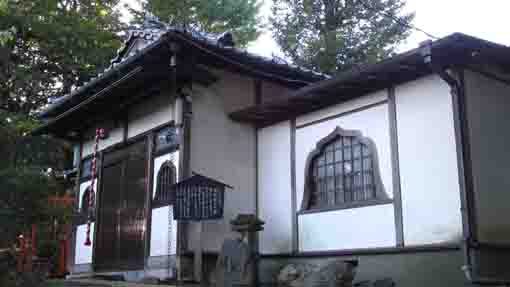
The Dai-Jingido Hall Dedicates Kiyomasa Kato For Wish Fulfillment In Hokekyo-ji
Kiyomasa Kato was one of the most famous and popular Bushos or Daimyos (lords and commanders) in Sengoku (Warring States) Period, and he was also an influential suppoter of Nichiren Sect.The Dai-jingi-do hall for wishes fulfillment dedicates Kiyomasa Kato the comander in Sengoku Period to avoid some troubles, to be in good fortune, to pass examinations, to win and so on. It has been very popular and called 'Kiyomasa-sama', thousands of visitors has been worshipping for a long time ago.
It has been believes that anyone who believes deeply and prey honestly might avoid troubles, gets good luck and becomes happy, so his/her wishes might be fulfillment.
参考
法華経寺掲示板による。
Kiyomasa Kato, One of the most popular samurai worrier
Kiyomasa Kato(1562~1611)
Kiyomasa Kato was born iat Nakamura, Owari-no-kuni (Nakamura-ku, Nagoya city, Aichi prefecture) Eiroku 5th(1562) and passed at Kumamoto city, Kumamoto prefecture in June 14th of Keicho 16th (1611). He had lived 49 years.His popular name was Toranosuke, so his family, relatives and his friends called him Toranosuke.
He was one of the Sengoku Busho (the lord and the commanders in the Warring States Period) living from Azuchi-Momoyama to early Edo period. He started to serve Hideyoshi Toyotomi as an aggressive page, and he always worked at him. And he joined the army to combat at war in Korea.
In Tensho 9th (1581), Kiyomasa won fame of Ichban-yari (the spearmen who beat enemy first in the battle) at the battle at Tottori-jo in Inaba-no-kuni (Tottori city, Tottri prefecture) and the battle at Bicchu Kanmuri-jo. And next year, he joined the army to combat against Mitsuhide Akechi at the battle of Yamazaki and Tanba-kameyame (Yamazaki-cho and Kameyama city in Kyoto). In April of Tensho 11th (1583), he fought against Katsuie Shibata at Shizugatake (Nagahama city, Shiga prefecture) and he won the honor of 'Shizukagake Shichi-hon-yari' (the best 7 spearmen who greatly succeeded in the battle at Shizugatake).In Tensho13th (1585), he was appointed Kazue-no-kami of Jugoinoge (the Head of Budget bureau of Junior Fifth Rank, Lower Grade) and was given the post of the lord of Higo-Kumamoto.Kiyomasa fought aggressively in the War in Korea, so Korean people feared him and called 'Oni-jokan' (Angry Superior Officer), especially he won fame at the battle of Urusan. He had taken side against Mitusnari Ishida, so Kiyomasa joined 'Budan-ha' (a group consists of the lord having succeeded at the battle fields. Opposite side is called `Bunchi-ha', a group consists of the lord working like bureaucrats). He belonged to Tokugawa's army called 'To-gun' (Eastern Military) at the battle at Sekigahara. Actually, he had fought at Kyushu, but he was given the right to govern the land doubled. Keicho 10th, he was appointed Jugoijo Jiju ken Higo-no-kami (the chamberlain and the governor of Higo (Kumamoto prefecture) of Junior Fifth Rank, Higher Grade).
Kiyomasa was good at building castle and bank and civil engineering, so Kumamoto-jo in Kumamoto prefecture, Nagoya-jo in Aichi prefecture and some dozens of other famous castles built in the ages form Azuchi-Momoyama to early Edo period were his architectural works.
Kiyomasa Kato is active and strong-willed man, he loved reading `The Analects of Confucius'. In addition, he had well honestly served Hideyoshi and his son Hideyori, so this shows his faithful personality, so he is very popular and loved by common people throughout Edo Period. His works was written in some novels, plots and so on
参考
ブリタニカ国際大百科事典
新制版 日本史辞典 研数出版 参考
Kiyomasa Kato and Nichiren Sect
Kiyomasa Kato was a devout believer of Nichren Sect. So he was influenced by her mother, so she was also eagerly believe Nichiren Sect. His mother, Itome, had a believer in her childhood, thus Kiyomasa had got much influence before he was born. In his poor childhood, he learned how mother believed Nichren Sect, Kiyomasa deeply believed it as he grew up. Moreover he learned a lot from Nichijun, the chief priest of Myoen-ji Temple in Tsushima (near Nagoya), and he was also influenced by Nichiju greatly, so his personality was making by him. When he was in the battle fields, he was chanting a sutra 'Nam-myo-ho-ren-ge-kyo' in his heart. Kiyomasa was unsophisticated and innocent man, so he never scared anybody in the battle fields, and he believed that he could got great success by help of Hokekyo (Lotus Sutra).When he was 25 years old, Kiyomasa built Honmyo-ji Temple at Naniwa (Osaka prefecture) for his father, so he moved his father’s remains to the temple. Later he became the governor of Higo Kumamoto (Kumamoto prefecture), he also moved it to Kumamoto.
Kiyomasa built 5 temples including Honmyo-ji, these temples had a letter from one of those 5 Chinese characters `Myo, Ho, Ren, Ge, Kyo' in each temle's name. They were Hokke-ji in Niigata Prefecture, Hoshin-ji in Oita prefecture, Honren-ji in Nagasaki prefecture and Hongyo-ji in Saga prefecture. He supported and donated to build 'Sanju-san-ban-shin-do' in Honkoku-ji in Kyoto, Shikyonanji-saka in Ikegami-Honmon-ji in Tokyo and Chinko-mon (had fired) in Atsuta-jingu in Nagoya.
Kiyomasa Kato has been dedicated as a great supporter of Hokekyo (Lotus Sutra) Sect, and he is worshipped by not only the supporters of Nichren Sect, but also common people as his innocent personality.
参考
正悦山妙行寺(愛知県名古屋市中村区)ホームページより
The Access to The Dai-Jingi-do Hall Dedicates Kiyomasa Kato
The Dai-Jingi-do Hall Dedicates Kiyomasa Kato
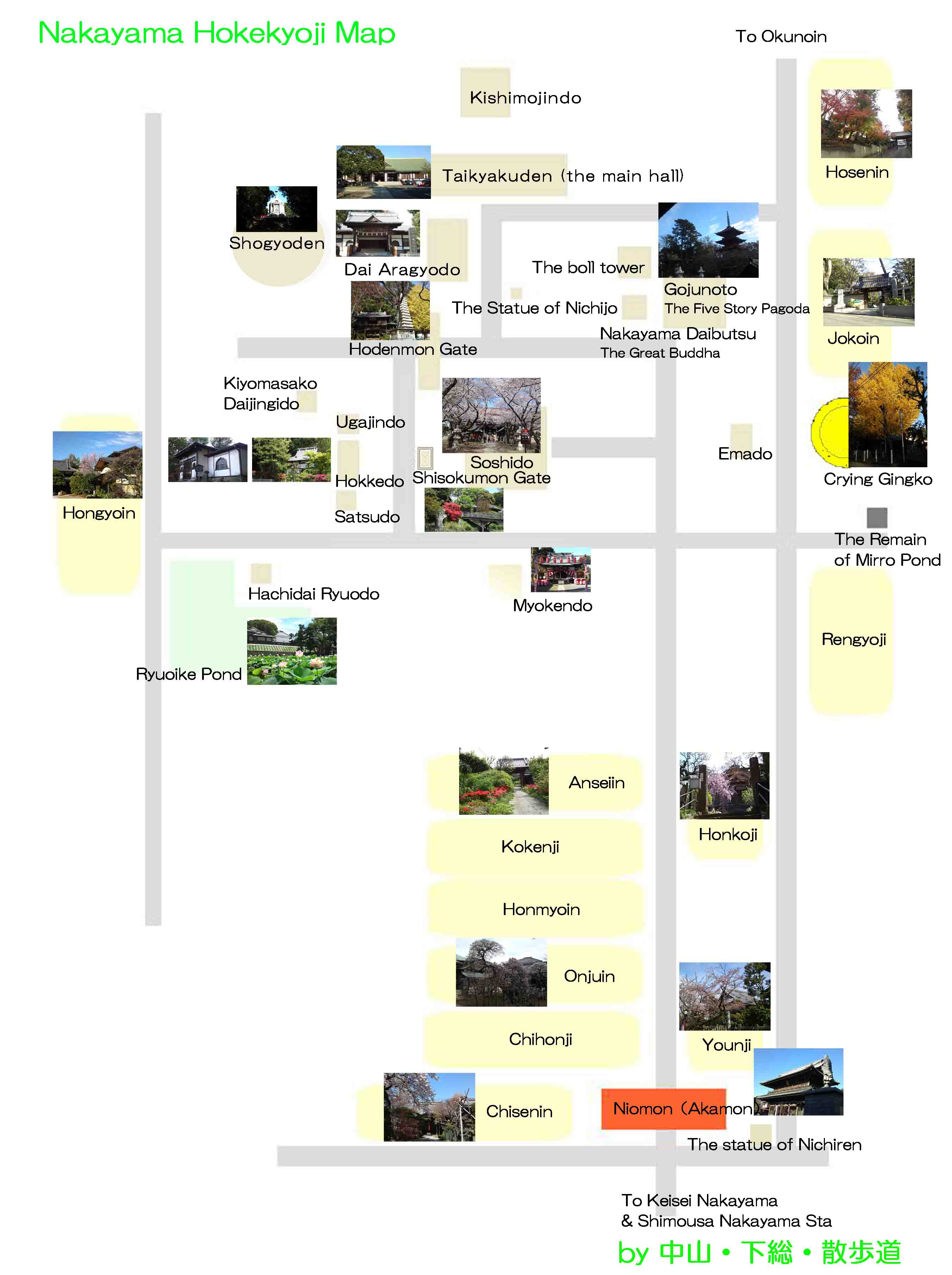
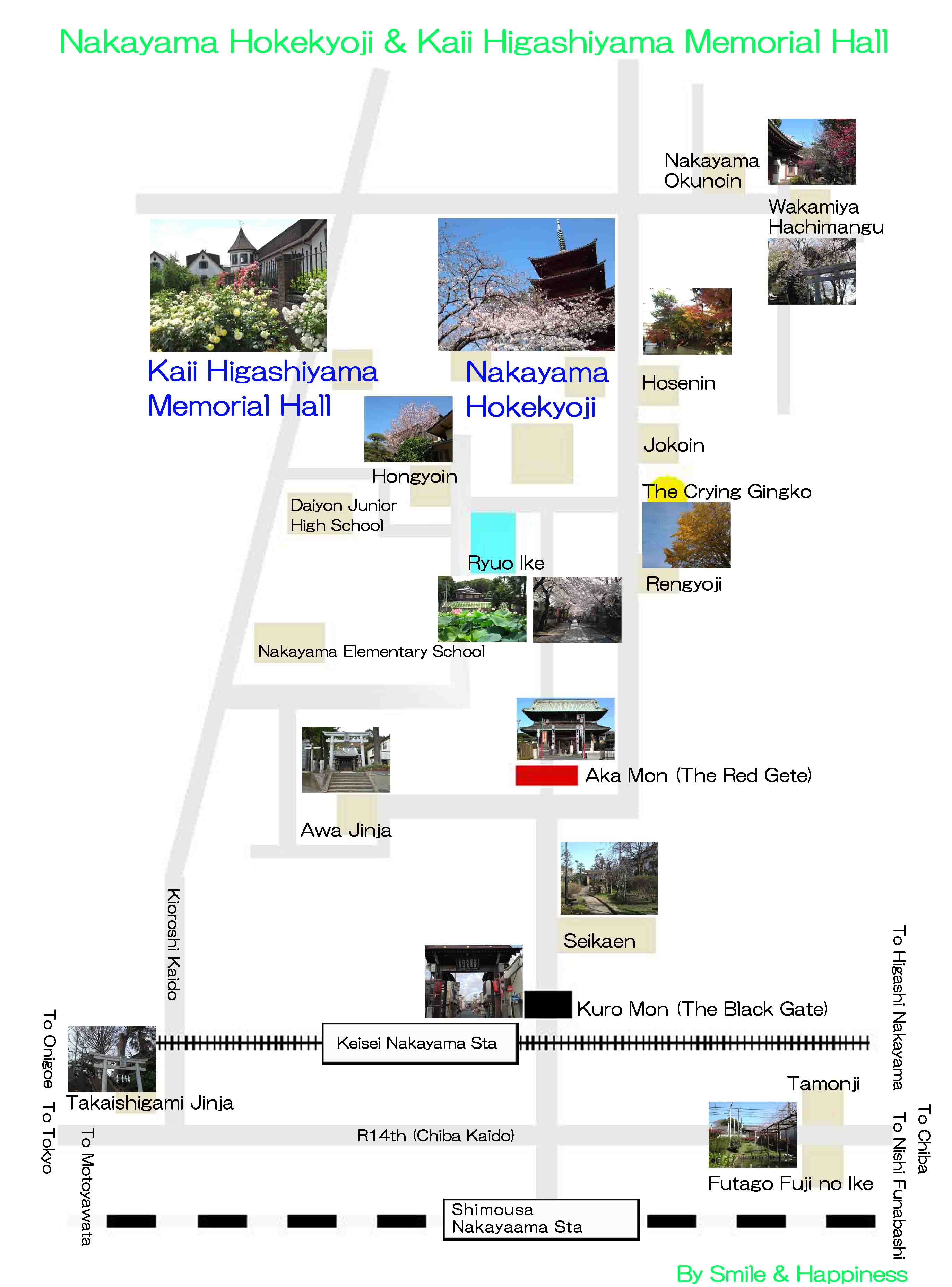
The map near Hokekyoji and Kaii Higashiyama Memorial Hall
PDF of the map near Hokekyoji and Kaii Higashiyama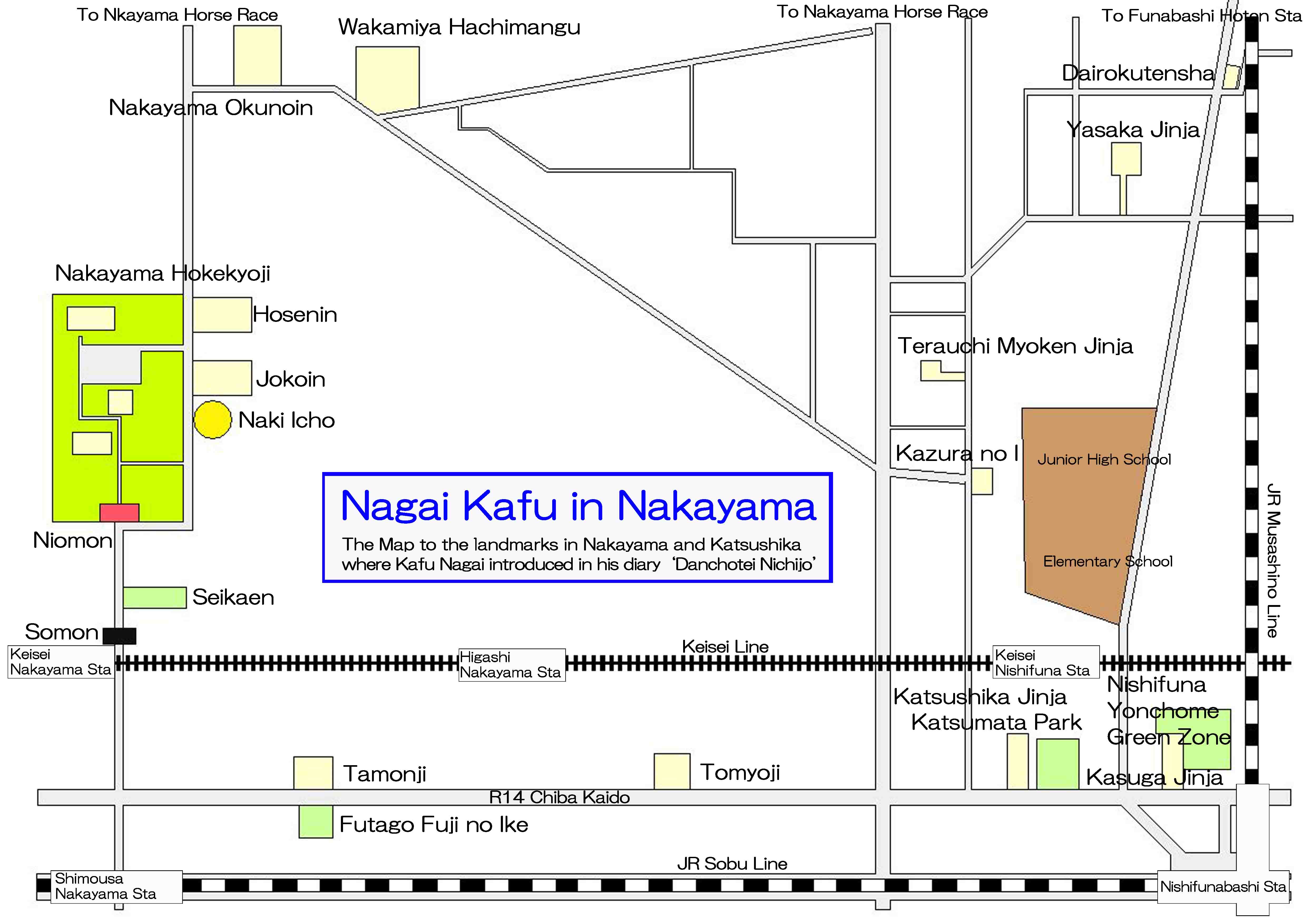
The map to the landmarks where Kafu Nagai introduced in his book
PDF of the map of the noted spots where Kafu Nagai visited- The Dai-Jingi-do Hall Dedicates Kiyomasa Kato in Nakayama Hokekyouji Temple has great accessibilities from both Narita and Haneda International Airport.
- From Narita International Airport, take Keisei-line and get off Keisei-Nakayama Sta, take minimally 40 minutes from Narita Airport.. And also take JR Sobu-express line, transfer the line at Funabashi to Sobu-Local line, get off Shimousa-Nakayama Sta.
- From Haneda International Airport, take Keikyu-line bound to Narita, and get off Keisei-Nakayama Sta.
- From Tokyo Sta, take Sobu-Express line bound to Chiba or Narita, transfer the line to Sobu-Local line bound to Chiba, Tsudanuma, or Nishi-Funabashi at Ichikawa Sta, get off Shimousa-Nakayama Sta.
- From Akihabara Sta, take Sobu line bound to Chiba, get off Shimousa-Nakayama Sta.
- Take 5 minute walk from Keisei-Nakayama Sta, and take 8 minutes walk from Shimousa-Nakayama Sta.
- 2-10-1 Nakayama, Ichikawa-shi, Chiba-pref, Japan
Sightseeing in Nakayama Shomousa With Mangas
Sightseeing in Nakayama Hokekyoji Temple with Manga (Long Version)
Sightseeing in Nakayama Hokekyoji Temple with Manga (Short Version)
The Landmarks in Nakayama Hokekyouji Temple
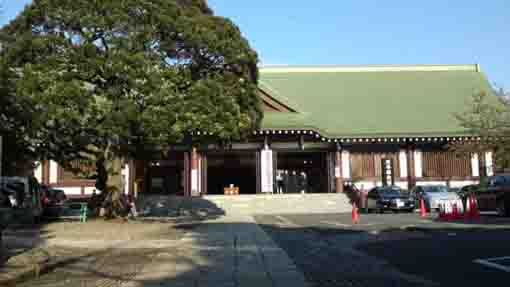
Honin(Taikyakuden)・Kishibojindo(Sonshindo)
Takikyakuden is the main hall of Hokekyoji and it has the business office and Kishibojindo Hall dedicated to the goddess of children on the end of the long corrido of the main hall.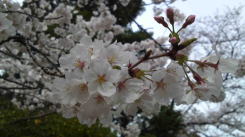
The Four Seasons In Hokekyoji
In spring, there is millions of cherry blossoms in Hokekyoji and in summer, lotus blooms on ryuo-ike pond. In fall, there are beautiful colored leaves. Every season, visitors could enjoy seeing the sights.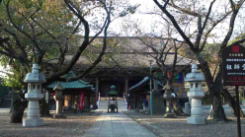
Soshido(Daido), the nationally important cultural property
It is characterized the twin hip-and-gable roof structure (hiyoku-irimoya-style), and hengaku written by Koetsu Honami hangs in front.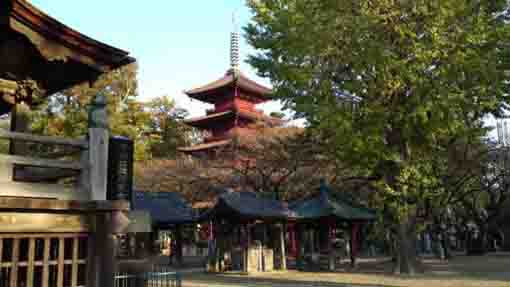
Goju-no-to (the five-story pagoda) , the nationally important cultural property
It was built in early Edo period (1622) by request of Koshitsu Honami supported by Maeda Family in Kaga.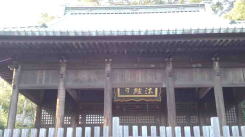
Hokke-do(the nationally important cultural property)
It was built in Kamakura period.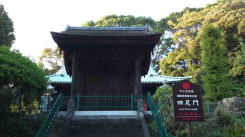
Yon-soku-mon (the nationally important cultural property)
It was moved from Aizen-dou in Kamakura 700 years ago.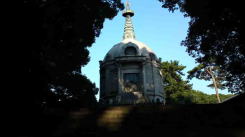
Shougyoden (the treasure hall)
It was designed by the famous architect Chuta Ito, it stores many scripts written by the Founder Nichiren.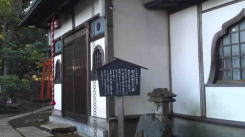
Shogan-jyoujyu-kigan-do (kiyomasa-kou-dai-zingi-do)
It enshrines Kiyomasa Kato, one of the most famous daimyo in Sengoku period.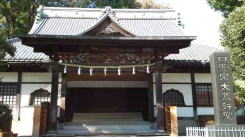
Aragyodo Hall (the hall where Buddhiist priests practice for 100 days in winter severly)
From Nov 1 to Feb 10, hundreds of Buddhist priests practice severly every year.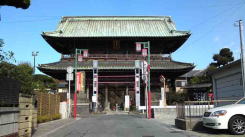
The Nio-mon Gate (The Deva Gate)
The henguku hunged in front of the gate was written by Koetsu Honami, famous artist in Momoyama Period.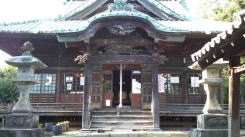
Setsu-do
It was built for worshipping Jurasetsunyo, Kishibozin, Daikokusama.
Black Gate(a tangible cultural asset by Ichikawa City)
It is also called Sou-mon (the main gate).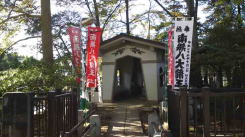
Hachidai-ryuo-do
The founder Nichiren built the small shrine to dedicate the dragon god to pray for rain.
Ugazin-do
It enshrins Ugazin who is the guardian deity of Hokekyou-ji Temple.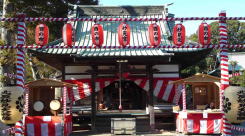
Myouken-do
It dedicates Hokushin Myouken Star that the Chiba Family deeply believed in, Hokekyoji traditionally succeeds. In November, Tori-no-ich is held in the site to dedicate the star.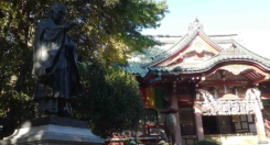
Oku-no-in (the first place where Nichren had preached at)
The founder Nichiren preached first time at the Toki's castle called Wkakamiya Yakata. And Toki built a temple 'Hokkeji', it is the origin of Oku no In.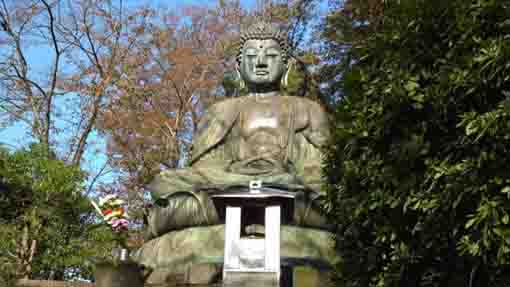
The Great Buddha(The Seated Statue of Shaka Nyorai)
It was built in 1719 by famous caster Ota Suruga-no-kami in Kanda. It is the bigest great Buddha in Chiba prefecture.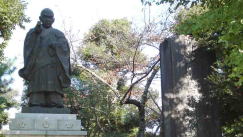
The statue of Nichijo and Naki-Icho
Nichijo was the first abbot of Nakayama Hokekyoji Temple and Naki Icho is a gingko tree having a sad legend.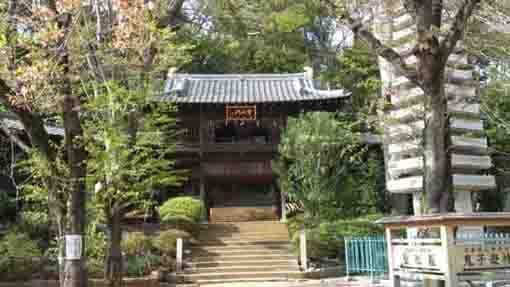
Kagami-ike-ato (the remain of the pond like a mirror), Emado hall, Hoden-mon gate, Ryuenkyo bridge
There are some other landmarks in Nakayama Hokekyoji Temple.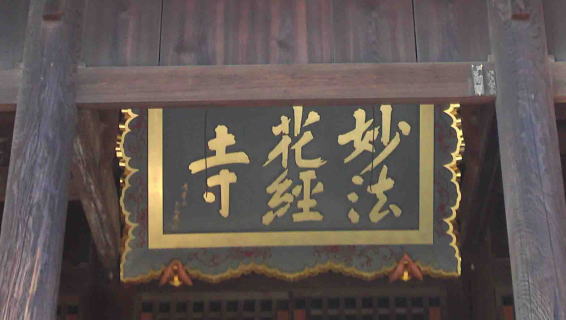
The artists, poets and writers related to Hokekyoji Temple
Koetsu Honami specially remained his calligraphy in Hokekyo-ji Temple, and Shiki Masaoka, Kafu Nagai discribed it well.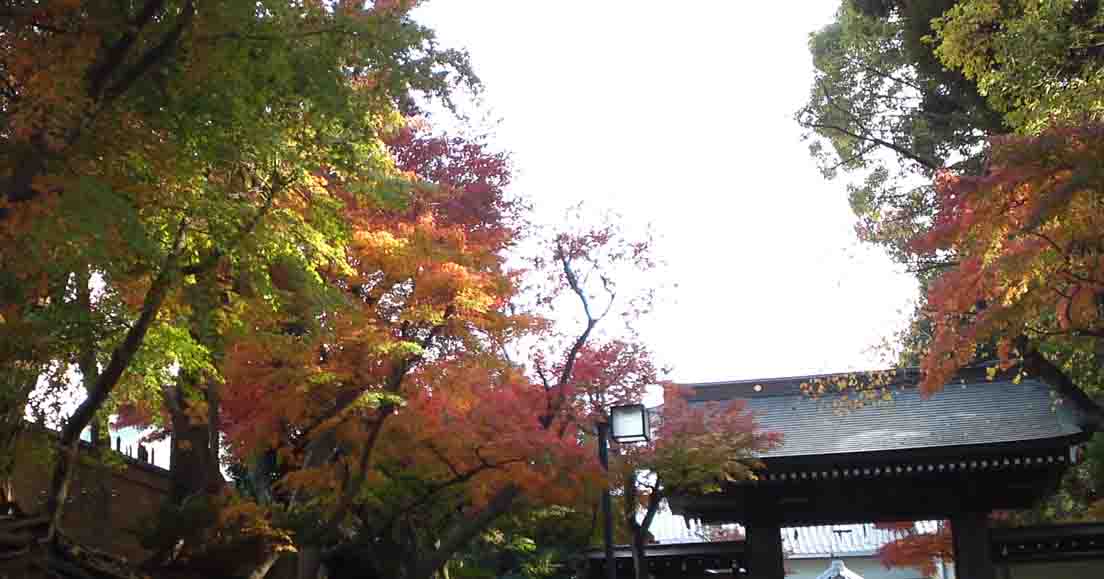
The Tacchu Temples and the Branch Temples in and around Nakayama Hokekyoji Temple
Some tacchue temples are introduced in this page.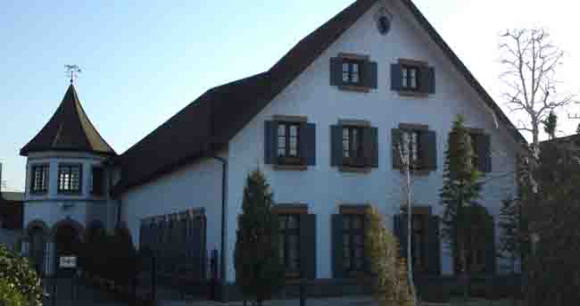
A Walk on the the area around Nakayama Hokekyoji Temple
There are some noted spots, Kaii Higashiyama Memorial Hall and so on, near Hokekyoji.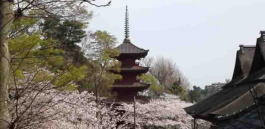
The Popular Viewing Sakura Spot / Nakayama Hokekyoji Temple
Cherry blossoms in Hokekyoji are amazingly wonderful.- 広告 Advertisement -
